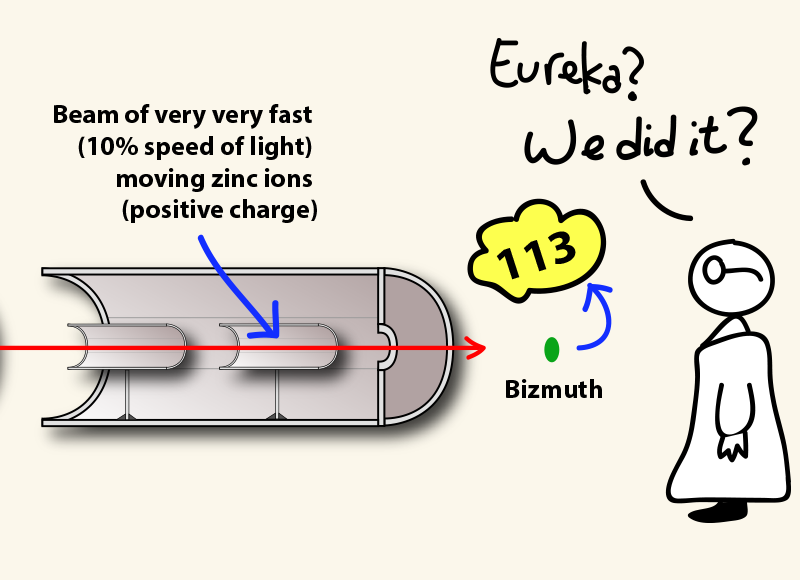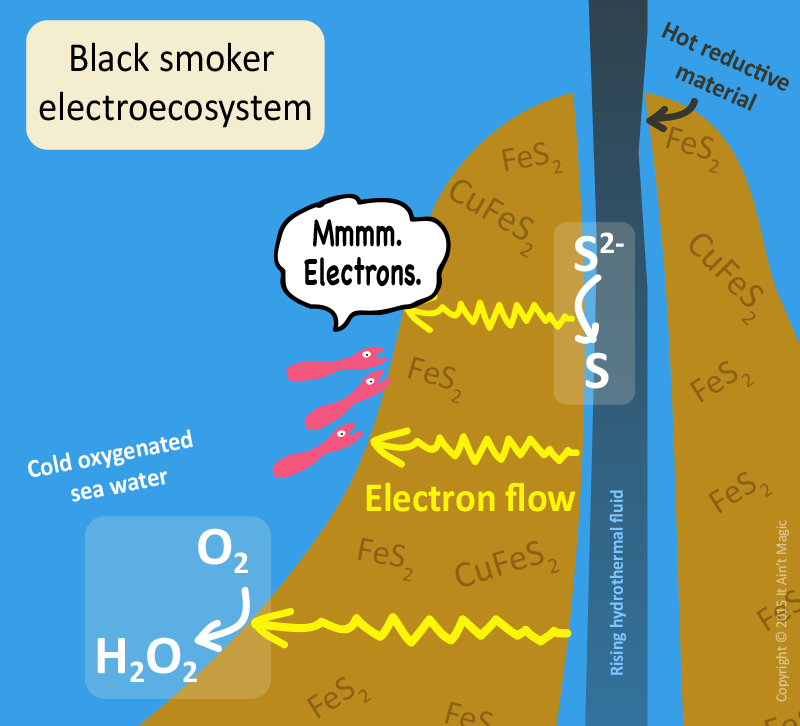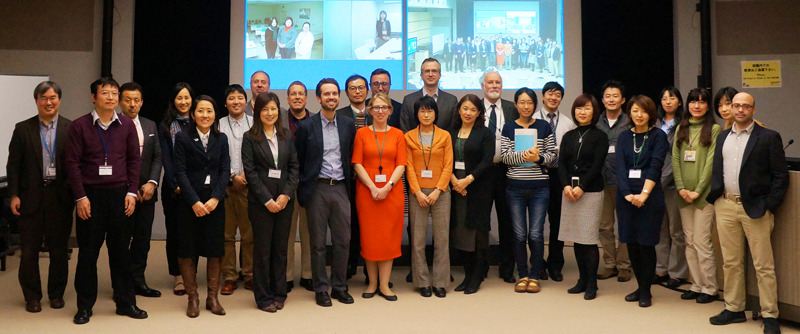Latest research animations
Self-assembly of spider silk
This gut microbe might protect against diabetes and reduce insulin resistance
NEW: One-way hydrogel guides motion of tiny worms!
Latest Posts
No Results Found
The page you requested could not be found. Try refining your search, or use the navigation above to locate the post.
30

Hippocampal memory isn’t all about place cells
Scientists have found evidence that hippocampal memories of experience are not stored in place cells.
5

Summer fun: how plants beat the heat
Scientists have discovered a gene that allows plants to cope with extreme heat by changing the composition of chloroplast membranes.
28

Freedom from fear ?♀️
Researchers discover a dopaminergic circuit in the brain that allows fear associations to disappear when there isn’t anything to be afraid of anymore.
19
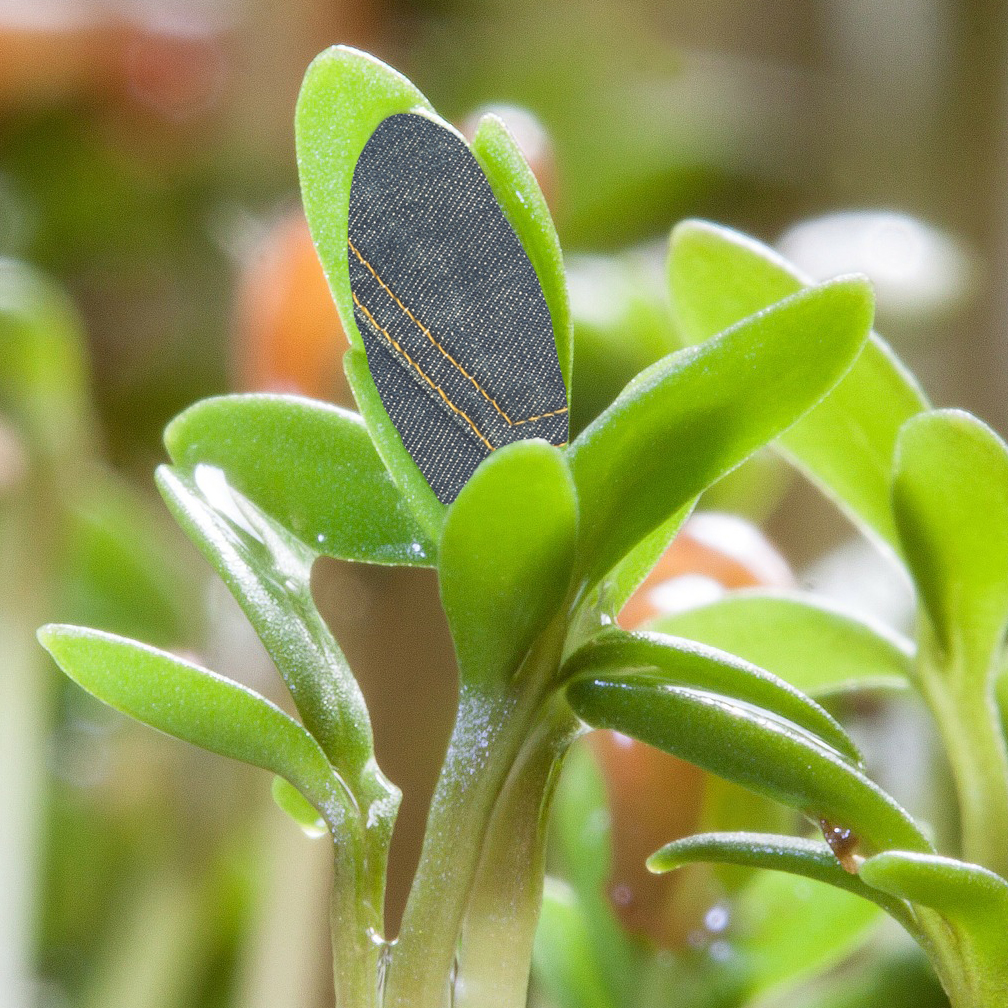
Blue gene regulation helps plants respond properly to light
Blue light alters some gene expression in plants by changing the transcription start sites to downstream locations.
15
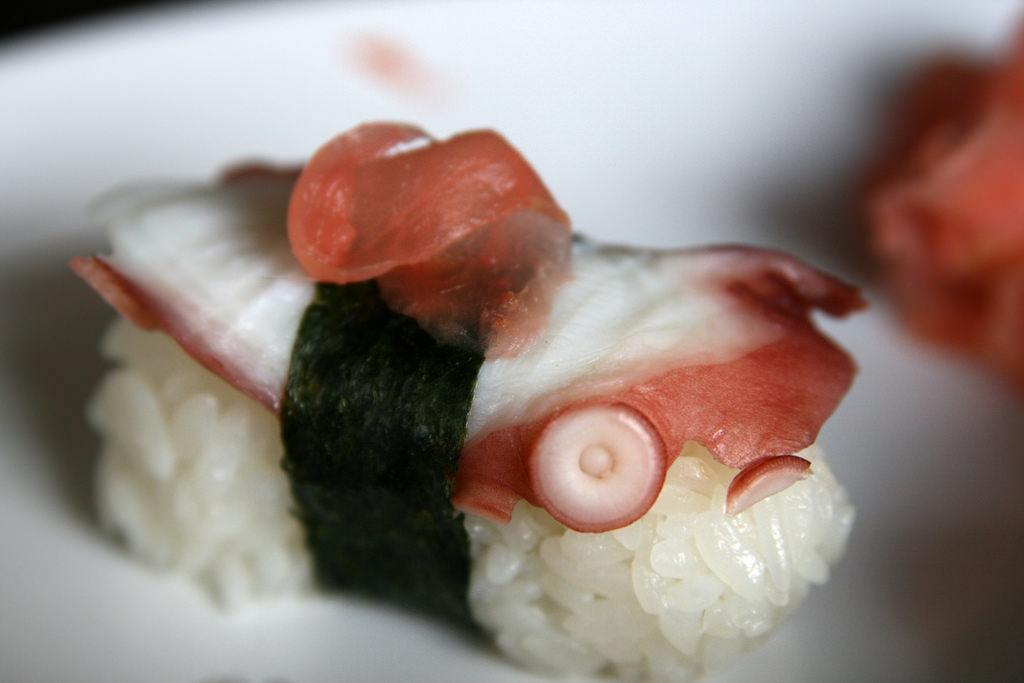
Out on a limb: the many ‘brains’ of the octopus
12
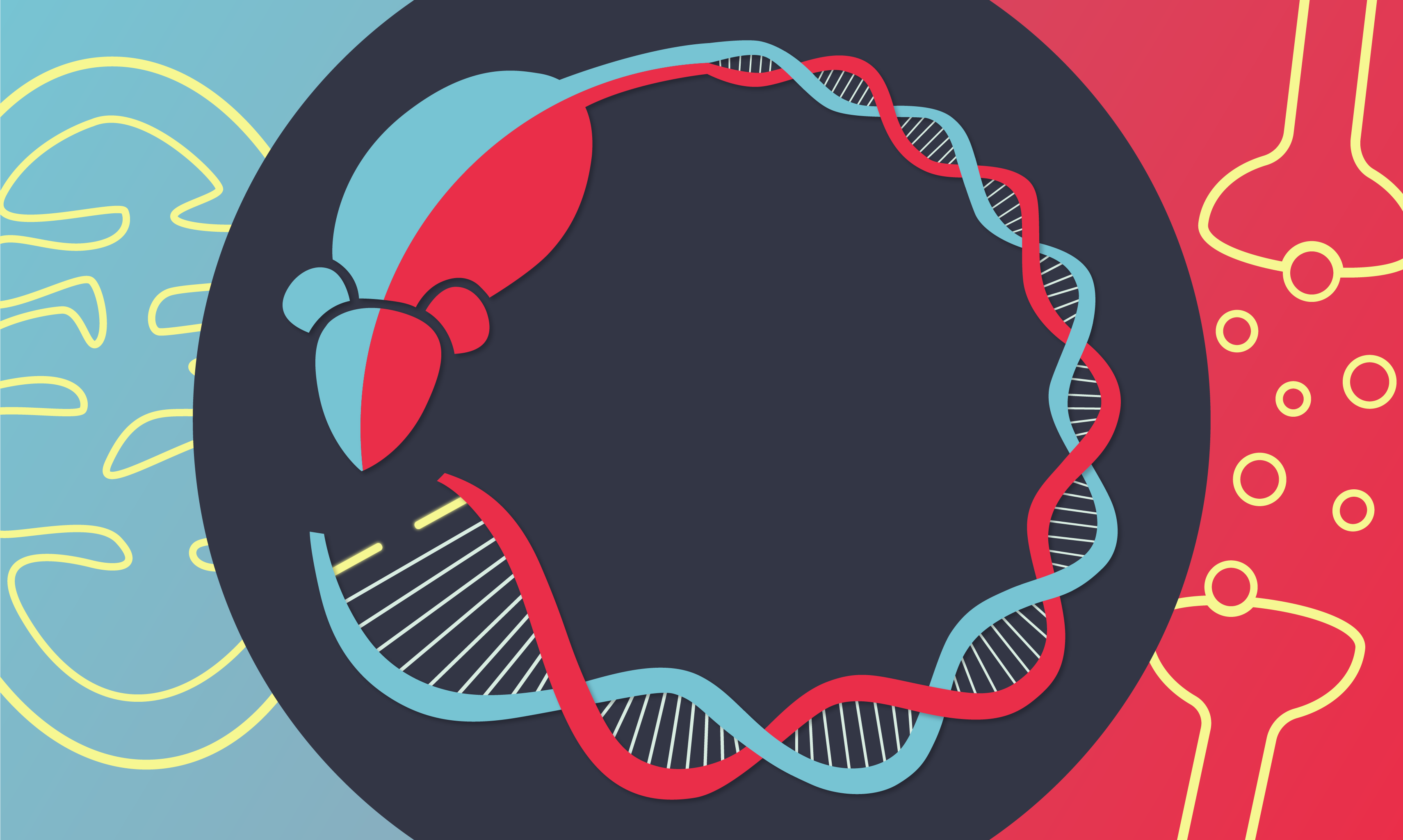
Mutation links bipolar disorder to mitochondrial disease
ANT1 mutations found in bipolar disease that affect mitochondria lead to hyperexcitable serotonergic neuronal activity in the brain.

